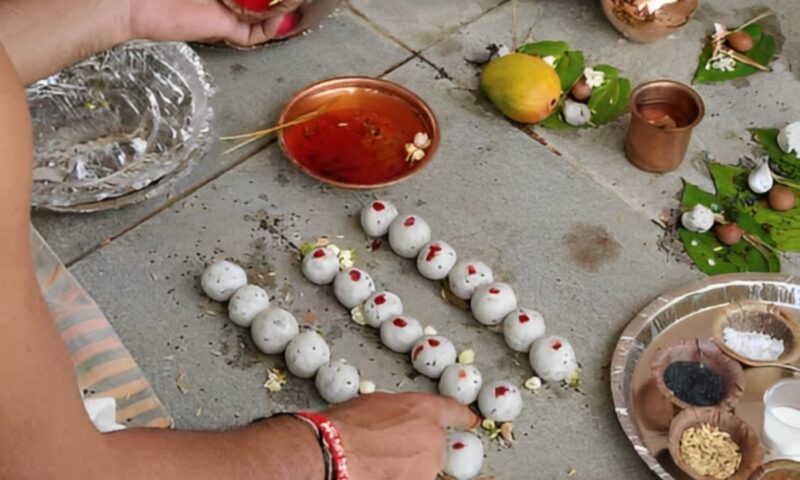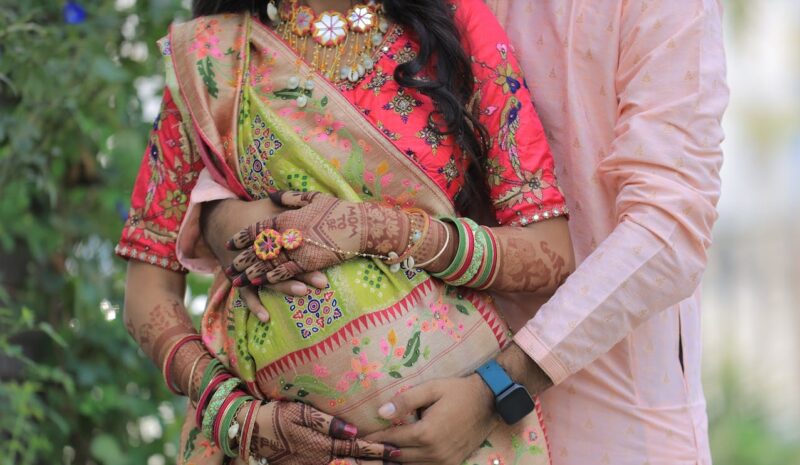Priest for wedding

Hindu Wedding priest/priest for wedding
The Priest for wedding, wedding Priest plays a major role in the Hindu wedding ceremony. wedding priest or priest for wedding prays for their unity and for the children that they will one day have together. This is why it’s so important for the Hindu Priest to be familiar with the traditions, chants, and mantras. Because without a wedding priest, the Hindu wedding ceremony would not be protected by God and they would not be given the strength and selflessness needed to be the best they could be for one another or their children.
Traditional Hindu Wedding ceremonies are not just the union of only two selves but also mark the everlasting bonding between two families. By vow that the couple makes during the Hindu wedding rituals, they promise to be together in the forthcoming seven lives with a chant of Hindu wedding mantras by the Hindu priest for wedding.
Traditional Hindu wedding ceremonies are rich with customs and ceremonies that start a few days before the wedding day and end with the big day’s celebrations with a Hindu priest guests and family. The spiritual meaning behind the Hindu wedding rituals and Hindu Wedding Ceremony has deep psychological meaning and remains relevant even during this 21st century. because in the Hindu religion all the rituals come from Hindu gods. so people have a faith in all Hindu rituals.
Keeping Their Traditions Is Important
Tradition is a critical aspect of the Indian culture and it all begins with the start of a family of friends and a Hindu priest on their wedding day. normally most families have their family Hindu priest or wedding priest.
The Role of a Wedding priest/priest for a wedding in the Ceremony
Priest for weddings is trained from a young age to memorize hymns. It’s these hymns that qualify them as Hindu priest as they must have the knowledge and skills to perform them without any assistance.
A traditional Indian wedding generally lasts for three days; however, the Wedding priest/priest for a wedding will not be part of every pre-wedding ceremony. The wedding priest’s responsibility during the pre-wedding ceremony is to set the date for the formal engagement ceremony. This is determined by the Kashmiri calendar which is based on the stars.
Hindu wedding ceremonies and rituals:
Traditional Indian weddings generally last for three days. Here is each day is broken down,
• The first night is an intimate family gathering. This is the day they will get to know one another, and it is called Ganesh Pooja guided by a wedding priest/Hindu priest.
• The following day, the women will get together for Mehndi which is henna preparations. This night they will enjoy the sangeet ceremony which is a party where the family and friends will perform traditional dances for the couple.
Hindu wedding prayer by Hindu priest for wedding
The ceremony begins with a prayer to Lord Ganesha, the god of beginnings and good fortune and the remover of obstacles. Salutations are offered so that Ganesha may pave the way for the couple’s married life. The gotra of both to-be-weds (going back at least three generations) is announced by the wedding priest. A gotra is an ancestral lineage or the ancestor’s original clan (this is not related to caste or religion). In Hindu law, marriages should not take place within the same clan. Hindu priest ketul Joshi is such best Hindu wedding priest as he has a lot of experience in all Hindu ceremonies.
The mandap ceremony
The morning will consist of the 4 Pillars ceremony, which is a symbolization of the parents who have raised the couple. these ceremonies will assist by a wedding priest or Hindu priest Then, the couple will take their vows and finally be married. The Hindu wedding ceremonies start with the worship of Lord Ganesha. about all these rituals Hindu priest will guide you. The Couple Weds Under this Mandap. It’s a really wonderful ritual at Hindu weddings and fun too.
During the Mandap ceremony, the couple will be seated in royal chairs beside their parents. The Hindu wedding Priest, or the Wedding priest/priest for the wedding, will recite the hymns and lead them in prayers asking for various forms of protection and strength. This aspect of the ceremony will generally last between one and a half to two hours.
Bride and groom exchanging floral garland
the second day or the same day of the mandap ceremony is the day of the wedding. on the wedding day, The Jai mala is a garland comprised of strung flowers that are exchanged between the newlyweds and guided by the wedding priest. The ritual ends with each half of the couple wearing one. “To us Hindus, the Jai mala symbolizes the partners welcoming each other into their families,” “Without it, we do not consider a marriage to be complete.
A Homam ceremony at a Hindu wedding
In the center of the mandap, a fire is kindled. A Hindu marriage is a sacrament, not a contract. To signify the viability of the ceremony, fire is kept as a witness, and offerings are made. The bride’s brother gives three fistfuls of puffed rice to the bride as a wish for his sister’s happy marriage. Each time, the bride offers the rice to the fire. This offering is known as a homam this rituals assist by the wedding priests/Hindu priest for a wedding while they chant mantras.
Now The Bride and Groom’s Garments Are Tied Together
The saptapadi is an important ritual in North Indian Hindu weddings. During the saptapadi, the newlyweds have their garments tied together—typically the bride’s veil and the groom’s sash. In South India, the couple walks seven steps together to signify their friendship. In North Indian tradition, they make seven circles around a ceremonial fire, each round signifying a specific blessing they request from the gods. At Gujarati weddings, they take four circles around the fire with blessings and promises to each other assisted by the Hindu wedding priest/Hindu priest or priest for wedding.
Sindoor/Red Powder Is Applied to the Bride’s Hair, Signifying as She Is Married.
In Hindu wedding rituals Traditionally, Sindoor is applied by her husband on the wedding day while the wedding priest/priest for the wedding chants wedding mantras for the sindoor ceremony. All married women, in addition to the bride, may wear the powder as a sign of their marital status. Sindoor, a red-orange powder, is applied to the part of a woman’s hair, symbolizing her new status as a married woman once the wedding ceremony is complete.
What are the rituals of the Emotional Vidaai Ceremony?
The bride throws rice/wheat grains, mixed with flower petals and coins at her parents from the back (without looking back) while walking towards the exit gate guided by a Hindu wedding priest or priest for wedding. This particular custom symbolizes her gratitude and her attempt to replay the ‘dues’ to her parents. The rice and coins are symbolic of the wealth and prosperity that the bride spreads at every corner of the house. She performs this rice-throwing ritual five times before leaving the house. The family members collect them in their hands as a token.
When the bride walks towards the wedding car or Palanquin to begin her new journey, everyone tears up. There are mixed feelings and bittersweet emotions. A father gives away his precious princess to another man it’s a difficult moment.
Once this ritual is completed, the father of the bride takes her hand and gives it to the groom. That’s when the groom promises to take care of her for the rest of their lives. This part of the Vidaai ceremony is an extended version of the Kanyadaan ritual.
Even though you might be knowing some priest for the wedding ceremony, sometimes you would like the other way around and choose a different Hindu priest/wedding priest for various reasons. Therefore it’s essential that you need to find reliable Hindu wedding priest services, even before fixing your wedding date. here is the most experienced Hindu priest ketul Joshi in Uk, you can call: +44 079 0373 5365 and ask about any of the Hindu priest services and he can travel all over the world for Hindu priest services.











